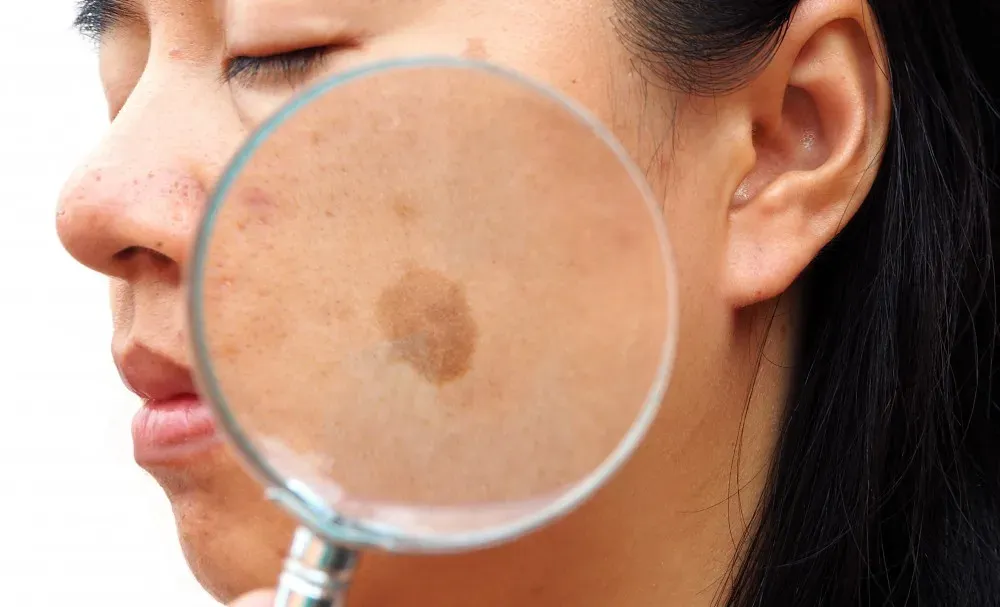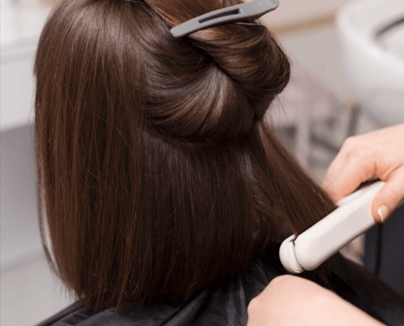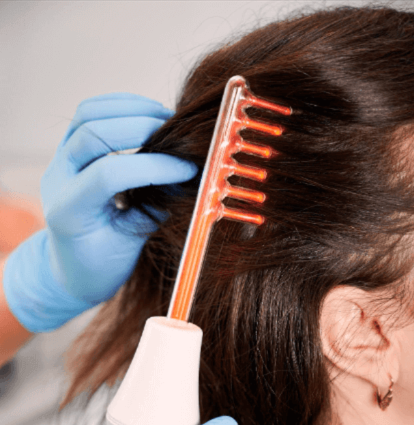Melasma remains one of the most challenging skin conditions to treat due to its deep-rooted pigmentation and high recurrence rate. However, with constant innovation in dermatology, Korea has emerged as a global leader in delivering highly effective, safe, and personalized melasma treatments. As of 2026, Korean dermatology clinics offer a range of cutting-edge therapies that go beyond simple bleaching creams and focus on both the surface and deeper dermal layers of the skin.
In this article, we explore the Top 5 most effective melasma treatments in Korea in 2026, highlighting how each works, who it’s suitable for, and what kind of results patients can expect.
✅ 1. Pico Laser 2.0 (Next-Generation Picosecond Laser)
What It Is:
In 2026, the Pico laser has evolved into a more refined, skin-type-sensitive system known as Pico Laser 2.0, which delivers ultra-short bursts of energy in picoseconds to shatter melanin clusters without damaging surrounding tissue.
How It Works:
- Targets pigment at different depths
- Stimulates collagen remodeling
- Reduces risk of rebound pigmentation
What’s New in 2026:
- Smart skin mapping using AI to adjust pulse duration
- Custom settings based on melanin density and skin type
Benefits:
- Safe for Asian and darker skin types (Fitzpatrick III–V)
- Minimal downtime (1–2 days of mild redness)
- Suitable for both epidermal and dermal melasma
Typical Protocol in Korea:
- 5–7 sessions spaced 2–3 weeks apart
- Often combined with whitening serums or oxygen facials
✅ 2. Oral Tranexamic Acid + Topical Combination Therapy
What It Is:
Oral tranexamic acid (TXA) remains a cornerstone in melasma management in Korea. In 2026, this systemic treatment is now paired with custom topical regimens designed to reduce inflammation, melanin production, and vascular activity.
How It Works:
- TXA blocks the plasminogen activation pathway, reducing pigmentation and vascular triggers
- Paired with topical niacinamide, azelaic acid, and retinoids for synergistic effect
What’s New in 2026:
- Micro-dosed, time-released TXA for enhanced safety
- AI-based skin analysis for customizing topical formulas
Benefits:
- Excellent for hormonal melasma
- Non-invasive
- Ideal for patients who want to avoid lasers
Treatment Duration:
- Oral TXA: 8–12 weeks (monitored by physician)
- Topicals: Long-term maintenance
✅ 3. Laser Toning with Low-Fluence Q-Switched Nd:YAG (Revamped Protocols)
What It Is:
Laser toning with low-fluence Q-switched Nd:YAG remains a gold standard in Korea for treating stubborn melasma. In 2026, clinics have updated protocols to improve results and reduce the risk of rebound pigmentation.
How It Works:
- Delivers low energy pulses to break down melanin gradually
- Minimal disruption to surrounding tissues
What’s New in 2026:
- Real-time melanin tracking before each session
- Adjusted fluence and spot sizes based on AI-driven assessments
Benefits:
- Safe for repeated use
- Especially effective for diffuse facial pigmentation
- Can be used in combination with topical whitening masks
Frequency:
- 8–10 sessions, once per week
- Maintenance every 2–3 months
✅ 4. Hydro Dermal Booster Therapy (with Glutathione & Tranexamic Acid Infusion)
What It Is:
This innovative Korean technique combines mesotherapy, hydration therapy, and pigment inhibitors in one treatment. Known locally as “빛주사 (Bit-jusa)” or “brightening injection,” it delivers skin-boosting ingredients directly into the dermis.
How It Works:
- Microneedling device infuses glutathione, TXA, hyaluronic acid, and vitamins into the skin
- Reduces melanin activity while improving hydration and radiance
What’s New in 2026:
- Nano-needle delivery for virtually pain-free application
- Time-released nano-capsules for longer-lasting effects
Benefits:
- Brightens dull skin overall
- Improves elasticity and tone
- Minimal irritation
Treatment Plan:
- 3–6 sessions, biweekly
- Best when combined with other laser or light-based treatments
✅ 5. Melasma-Specific Chemical Peels (Customized Korean Formulas)
What It Is:
In 2026, Korean dermatologists have refined chemical peels to precisely target melasma without causing post-inflammatory hyperpigmentation (PIH), a common risk in Asian skin types.
How It Works:
- Peels containing mandelic acid, lactic acid, azelaic acid, or TCA applied in controlled concentrations
- Exfoliates surface pigment and regulates melanocyte activity
What’s New in 2026:
- Tailored pH-adjusted formulas for sensitive or rosacea-prone skin
- Buffered formulations with post-peel calming ampoules
Benefits:
- Affordable option
- Great for maintenance therapy
- Complements laser treatments
Protocol:
- 1 session every 2–4 weeks for 3–5 sessions
- Requires diligent sun protection afterward
🌟 Bonus: Combination Therapy Is the New Standard in Korea
In 2026, most Korean dermatologists no longer rely on a single modality to treat melasma. Instead, a multi-modal, layered approach is used to address:
- Pigment production (melanocytes)
- Inflammation
- Skin barrier integrity
- Vascular contribution to pigmentation
A typical combination plan may include:
- Oral TXA + Pico Laser + Topicals
- Laser Toning + Hydro Infusion + SPF prescription
- Chemical Peel + Microneedling + LED therapy
🧴 Maintenance & Aftercare in Korea
Once melasma is under control, maintenance is essential to prevent recurrence. Standard Korean maintenance strategies include:
- Daily use of SPF 50+ sunblock (reapplied every 2–3 hours)
- Blue light and heat protection
- Barrier-repairing moisturizers with ceramides
- Regular dermatologist checkups every 3–6 months
Final Thoughts
Melasma may be chronic and difficult to manage, but 2026 brings powerful new tools to the table—especially in Korea, where personalized, tech-enhanced skincare is the norm. Whether you prefer a non-invasive solution or a more intensive clinical plan, Korean dermatology offers safe, scientifically backed, and aesthetically refined options for achieving clear, even-toned skin.




